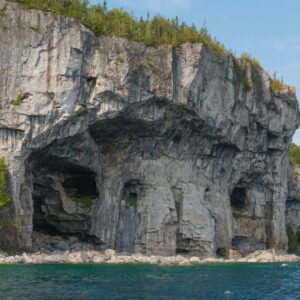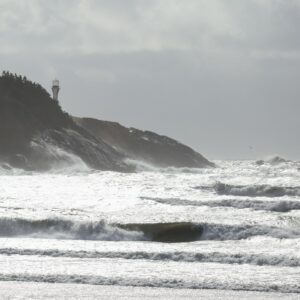Backgrounder: Learn more about Canada Nature Fund Challenge announcement
BACKGROUNDER
Nature Canada applauds Canada Nature Fund Challenge announcement
Ottawa, Aug. 19, 2019
The Challenge
- Canada is actually falling behind other countries in protecting natural areas and in meeting our international commitments to protect natural areas.
- Increased protection for wilderness is particularly critical to restore the health and abundance of hundreds of species.
- Species are in rapid decline, and some are at very real risk of disappearing altogether. Hundreds of species that call our natural areas home lack the protections necessary for them to thrive, and it’s only getting worse with the effects of climate change and increasing development.
- From 1970 to 2014, half (451 of 903) of monitored wildlife species in Canada saw population declines, according to WWF’s Living Planet report.
- Over 600 species are at risk in Canada. Globally, more than one million species of plants and animals are at risk of extinction due to human activity, according to a 2019 IPBES report.
- Habitat loss is the greatest threat to species in Canada, including listed at-risk species, from forestry, agriculture, urbanization and industrial development.
Targets for Protecting Natural Areas
- Canada has taken the important first step of making a commitment and setting aside resources to protect 10 per cent of ocean and 17 per cent of our land and freshwater by 2020. For more details about Canada’s commitments, visit: https://www.conservation2020canada.ca/the-pathway
- In 2010 world leaders gathered in Nagoya, Japan, to set out 20 ambitious conservation goals to safeguard global biodiversity. Including Canada, more than 196 nations signed on.
- The Target 1 goal agreed to at the United Nations Convention on Biological Diversity:
- “By 2020, at least 17 percent of terrestrial areas and inland water, and 10 percent of coastal and marine areas, are conserved through networks of protected areas and other effective area-based conservation measures.”
- But the work can’t stop there. The science shows that we need to protect much more than 17 per cent of our land and freshwater to restore and sustain healthy natural areas. In order to restore and sustain natural areas for future generations, we need to work to protect close to half of our land and freshwater.
Progress So Far
- While we’ve made some progress, right now we have only protected around 11.8 percent of land and freshwater. With only a year to go to meet our commitment, we’ve fallen behind other countries and we need to act now to achieve this important milestone.
- On Aug. 1 the Canadian government announced it had exceeded its ocean protection target with the announcement of the Tuvaijuittuq Marine Protected Area and Tallurutiup Imanga.
- The 2018 budget included an unprecedented $1.3 billion in funding for nature protection.
The Projects
- Funding through the Target 1 Challenge was open to projects led by provinces, territories, Indigenous Peoples, and the private and not-for-profit sectors.
- In December, 2018, organizations across the country began preparing funding proposals for the federal government’s challenge grants. For more information on the grant criteria, visit https://www.canada.ca/content/dam/eccc/documents/pdf/target-1-challenge/6066-target-1-challenge-guide-en.pdf
- On Monday, the government announced the $175 million Challenge Fund will support 67 individual projects. One of those projects is $3.9 million in federal funding to help the Tahltan First Nation. More projects will be announced as agreements are finalized.
- On the same day, Minister McKenna announced other, non-Challenge conservation projects, funded through the Habitat Stewardship Program, Aboriginal Fund for Species at Risk, Natural Heritage Conservation Program as well as the “Let’s Talk Parks, Canada!” recommendations.
Challenge Fund Announcement – Key Facts
- Today’s Challenge Fund announcement is a positive step towards the target of 17 percent of protected terrestrial and freshwater area, although the precise amount of additional protected areas, and progress toward Canada’s goals, is unclear.
- There are way more proposals than funds. The response to the Expression of Interest process was overwhelming. On Monday, the federal government announced it had received proposals totaling $800-million in funding requests. With only up to $175 million to hand out, this means that if the government were to allocate additional funds, even more progress could be made.
- Indigenous protected areas account for nearly half of the funded projects. Supporting Indigenous leadership and the creation of Indigenous protected areas is key to protecting biodiversity and advancing reconciliation.
- While reaching our current 17% target is important, the science shows that in order to restore and sustain healthy natural areas we need to do much more.
To organize interviews on the topic, please contact:
Haley Ritchie, Communications Specialist, Nature Canada
hritchie@naturecanada.ca, 613-562-3447, ext 252
About Nature Canada
Nature Canada has helped protect more than 63 million acres of parks and wildlife areas and fostered a love of nature by connecting more Canadians to the outdoors. The organization represents a network of 95,000 supporters and more than 750 nature organizations across the country.



